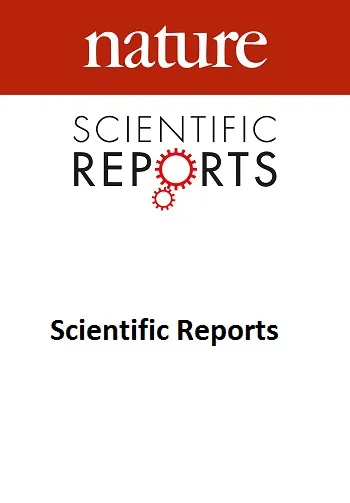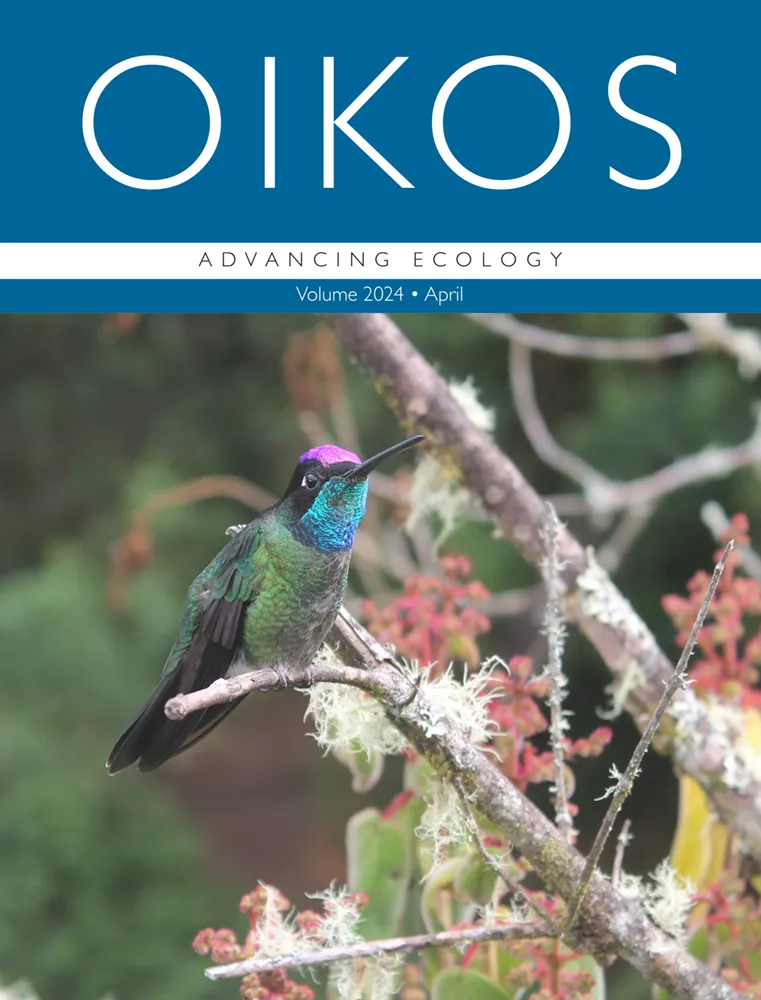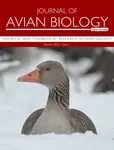BTO create and publish a variety of important articles, papers, journals and other publications, independently and with our partners, for organisations, government and the private sector. Some of our publications (books, guides and atlases) are also available to buy in our online shop.
Annual report of the Seabird Monitoring Programme
Seabird Population Trends and Causes of Change: 1986–2023
This report presents the latest seabird population trends in breeding abundance and productivity using data from the Seabird Monitoring Programme (SMP).
The report documents changes in the abundance and productivity of breeding seabird species in Britain and Ireland from 1986 to 2023, and provides a detailed account of the 2021, 2022 and 2023 breeding seasons.

Search settings
Evaluating protected area coverage for migratory bird species across space and time
Author: Border, J.A., Pearce-Higgins, J.W., Hewson, C., Howard, C., Stephens, P.A., Willis, S.G., Fuller, R.A., Hanson, J.O., Sierdsema, H., Foppen, R.B.P., Brotons, L., Gargallo, G. & Baillie, S.R.
Published: 2025
BTO-led research highlights that Afro-Palearctic migratory bird species lack consistent protection during their time in Europe.
20.02.25
Papers

Extreme migratory connectivity and mirroring of non-breeding grounds conditions in a severely declining breeding population of an Afro-Palearctic migratory bird
Author: Kirkland, M., Annorbah, N.N.D., Barber, L., Black, J., Blackburn, J., Colley, M., Clewley, G., Cross, C., Drew, M., Fox, O.J.L., Gilson, V., Hahn, S., Holt, C., Hulme, M.F., Jarjou, J., Jatta, D., Jatta, E., Mensah-Pebi, E., Orsman, C., Sarr, N., Walsh, R., Zwartz, L., Fuller, R.J., Atkinson, P.W. & Hewson, C.M.
Published: 2025
BTO research uses tracking data to demonstrate that Nightingales breeding in the UK have an unusual degree of migratory connectivity to their non-breeding range in West Africa, with wider implications for both the UK conservation of this fast-declining species and for the conservation of migratory species in general.
29.01.25
Papers

Cumulative barriers to renewable energy development: can we adjust our perspective and approach to benefit biodiversity?
Author: Cook, A.S.C.P., Masden, E.A., Humphreys, E.M. & Pearce-Higgins, J.W.
Published: 2025
25.01.25
Papers

Tree taxon effects on the phenology of caterpillar abundance and biomass
Author: Macphie, K.H., Samplonius, J.M., Hadfield, J.D., Pearce-Higgins, J.W. & Phillimore, A.B.
Published: 2024
Changes to the timing of spring events are some of the most obvious and highly documented responses to climate change. Differences in the response of timing between interacting groups, such as predators and prey, have the potential to leave some ‘mismatched’, meaning predators lack access to resources on which they rely.
31.12.24
Papers

Factors influencing nest site selection in a rapidly declining shorebird, the Eurasian curlew
Author: Rivers, E.M., Short, M.J., Page, A., Potts, P.M., Hodder, K., Hoodless, A., Robinson, R. & Stillman, R.
Published: 2024
The Curlew is Britain’s largest wader; it is also one of its most threatened. Previous BTO research has shown that this is largely due to the number of chicks fledged that are able to survive to reach breeding age. In this case, if we are to help improve the situation for the Curlew, then we need to understand the factors that influence their breeding success.
30.12.24
Papers
